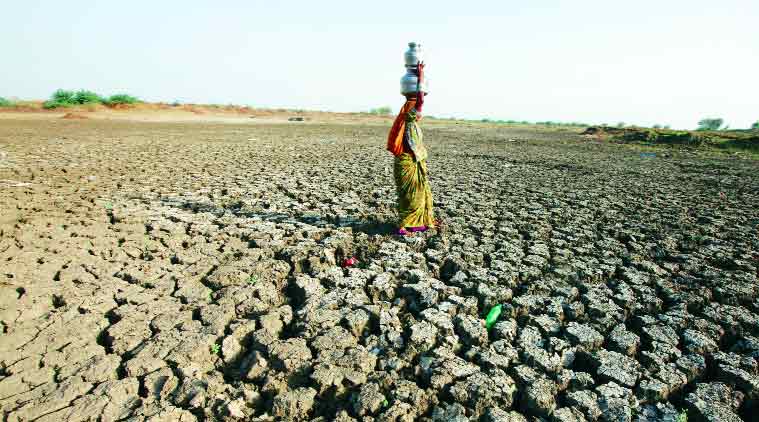In June 2019, actor Jaden Smith donated a second Water Box that filters drinking water to the residents of Flint, Michigan. Flint has been in the midst of a water crisis since 2014 after switching sources from the treated Detroit Water and Sewerage Department water to Flint River. Officials failed to implement corrosion inhibitors, causing high levels of lead exposure to Flint’s drinking water supply—a negligence that over 100,000 residents of Flint still face the repercussions of today.
“If people in America, one of the most developed countries in the world, face the side effects of the water crisis, it is not hard to imagine how bad it is in developing countries all over the world,” Ashma Kayum (’20) said.
Flint is just one peg in the map of places across the world that face the side effects of poor allocation and careless commercial use of resources. Water is essential to human life, and yet, one in every nine people in the world do not have access to enough clean water to live a substantial life, according to water.org. The World Economic Forum reports that the global water crisis is number four on the list of global risks. Nearly six times the population of the United States without access to a safe, stable water source.
“Water is such a basic need; we often take it for granted,” Sierra Picard-Ami (’21) said.
Not having access to water to carry out basic needs such as bathing and drinking is damaging to development on an individual level, but also brings about social drawbacks; it forces families in such situations to be stuck in the poverty loop for generations. According to worldvision.org, children, especially young girls, are often forced to drop out of school to travel over an estimated 200 million hours a day collectively to the nearest community water hole. Insufficient water supply also makes agriculture difficult, making it hard for people who may be able to depend on it for income.
Clean water and sanitation practices go hand in hand; it is difficult to have one without the other. The United Nations has been working on ensuring more and more poverty stricken communities have access to toiletries and promoting good hygiene practices, yet two out of 5 people worldwide do not have a basic hand-washing facility with soap and water at home. Unclean water and sanitation is the leading cause of child mortality in such communities, according to un.org. Nearly 1.5 million child deaths a year are caused by diarrhea as a result of insufficient clean water supply.
However, the water crisis plays into an even bigger issue– climate change. Climate change affects the water cycle significantly. High temperatures cause rapid evaporation, making it difficult to grow crops in countries facing drought. In 2018, Cape Town, South Africa almost reached ‘Day Zero,’ when municipal water reserves nearly ran dry. In contrast, coastal regions face flooding and rising water body levels. Warmer water bodies also cause disruption to sea life. According to blog.ucsusa.org, “these cumulative impacts on water resources make water availability harder to predict and manage. This is intensifying problems for areas that are already experiencing such impacts and extending water stress into new places that will need to learn and adapt.”
It is important to be aware and knowing where you stand regarding issues that may not affect us directly but can have catastrophic results in the near future if left untreated.


